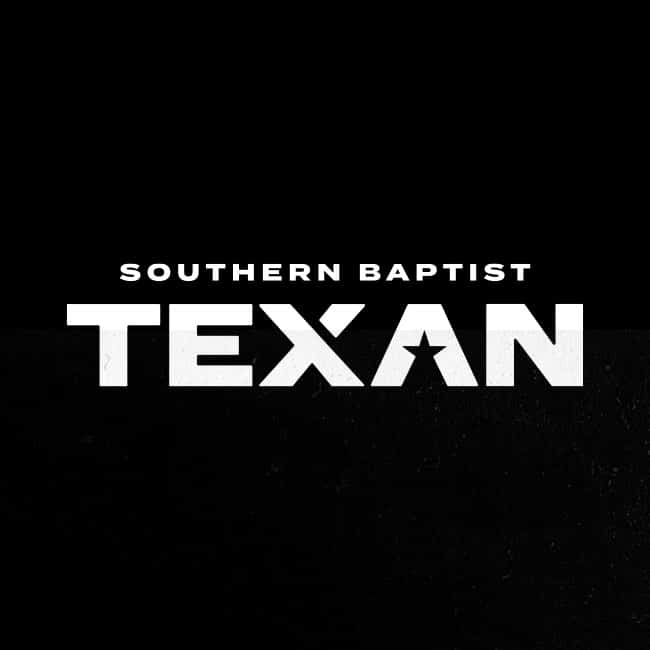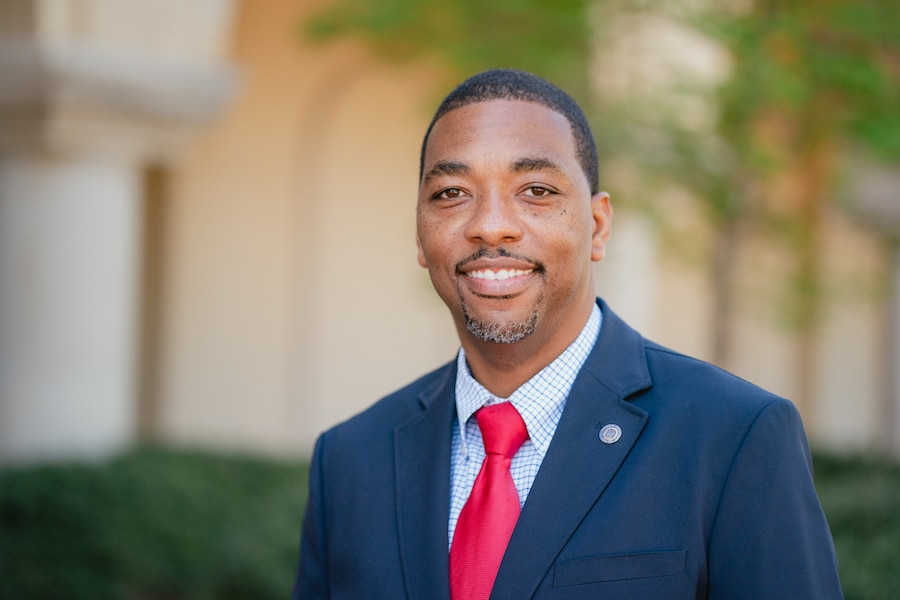NEW ORLEANS—Cultural exclusivity in the church represents neither the power of the gospel nor American society as a whole. And for the church to maintain relevance and vibrance in the coming decades, that has to change.
That’s the message Damian Emetuche, national missionary for the North American Mission Board and assistant professor of Nehemiah Church Planting at New Orleans Baptist Theological Seminary, is telling his students as they prepare for ministry in the 21st century.
Emetuche, who also directs the Cecil B. Day Center for Church Planting at NOBTS, took a unique path to his current post in New Orleans.
The Nigerian-born husband and father of five got his start in ministry by serving as a pastor and church planter in his home country in the early 1990s. Then in 1995, he was sent as a missionary of the Nigerian Baptist Convention to nearby Ivory Coast to do church planting. He served in Ivory Coast through 2003.
In 2004, Emetuche moved to the United States to pursue a Ph.D. from Southern Baptist Theological Seminary. While studying there, he served as a North American Mission Board church planter in Hamilton, Ohio, near Cincinnati. And in 2007, he moved to the Seattle area where he worked as a chaplain, pastor and church planter.
Emetuche, who came to NOBTS in early 2010, admits he’s a relative newcomer to American culture—but that’s not necessarily a disadvantage.
“I see things, at least for now, as an outsider,” Emetuche said.
And as someone who still has an outsider’s objective point of view, Emetuche offers a major critique of the American church: In a time when North America is becoming more and more multicultural, North American churches tend to be culturally exclusive. Members too often share the same race, nationality or socio-economic background.
That’s a problem, Emetuche said, first because it goes against the message of the gospel.
THE BIBLICAL PRECEDENT
From the Pentecost experience in Acts 2 and the church at Antioch to the apostle Paul’s calls for unity in Ephesians 3 and Galatians 3, Emetuche said the New Testament paints a clear picture of the church as diverse and multicultural.
“I believe there was no New Testament church that was a homogeneous church,” Emetuche said. “Every New Testament church was multiethnic.”
But achieving diversity wasn’t always easy for the early church.
NOBTS New Testament and Greek professor Gerald Stevens said the early church grappled with whether Christianity, like Judaism, should carry ethnic prerequisites.
“Is Christianity ethnically defined? That was the question before the church. And that’s what Acts 15 is about,” Stevens said.
In Acts 15, Paul, Barnabas, Peter and the Jerusalem church leaders met to debate whether the new Gentile Christians had to follow only Jesus or both the teachings of Jesus and the social customs of Judaism. Stevens said that, at the heart of the debate, was a battle over ethnicity.
“The apostles were the ones that were helping break that mold of ethnicity as definitive of the people of God,” Stevens said of the Jerusalem debate. “And we begin to perceive it’s not our ethnicity that makes us the people of God but our obedience and our faith, regardless of ethnicity.”
Stevens admitted that, both in Jesus’ day and today, embracing diversity can be difficult and even threatening. It requires a healthy dose of humility, which gets to the heart of Jesus’ command to “Do unto others as you would have them do unto you,” he said.
“In a cosmopolitan setting, we cannot claim success of the gospel unless we are multiethnic and multicultural in our visible expression of Christianity,” Stevens said. “The groups we show—the Bible study groups, the mission groups, any group in which we present ourselves to the public—if it’s not multiethnic, it’s not gospel.”
Emetuche echoed that imperative.
“In the kingdom of God, we’re going to ultimately be together, so we better learn to be together here,” Emetuche said. “If the church is divided, we have little or no message to give the world.”
One key way for existing churches to become more diverse, Emetuche said, is by diversifying their leadership.
“With a multiethnic church, the leadership has to be diverse. You have to intentionally have diverse leaders,” he said.
NOBTS urban missions professor Ken Taylor, pastor in New Orleans’ Gentilly neighborhood for 27 years, echoed that call to leadership diversity. Until Hurricane Katrina in 2005, Taylor served as pastor of Elysian Fields Baptist Church. Afterward, Elysian Fields and Gentilly Baptist churches worshiped together and later merged.
Taylor said Gentilly Baptist Church is about half African American and half white. And to reflect that racial diversity, Taylor said he has pursued a similar diversity among the church’s leaders.
“It’s helped people see that we’re not just a diverse church, but we’re willing to have diversity in leadership too,” Taylor said.
And that was a strategy the early church followed as well, Stevens said, when the apostles appointed a group of Greek believers to oversee the food distribution to Greeks in the church.
“That had to have been uncomfortable for them. Who wants to give up power? That wasn’t necessarily pleasant, but they knew it was the right thing to do,” Stevens said. “For everyone to have ownership in this ministry, we have to empower others.”
Taylor also encouraged church pastors to understand and acknowledge their church’s history with regard to race and social class in the surrounding community. In the case of Elysian Fields and Gentilly Baptist churches, both congregations had a history of racial exclusivity that had to be overcome with years of love and ministry.
And as a church achieves greater diversity, Taylor said members and leaders alike must approach worship—and worship styles—with an extra helping of grace.
“It just takes a lot of grace, but I think there’s some enjoyment there too,” Taylor said of combining various worship styles. “The joy is to just be able to look out and think, ‘This is a little bit like how heaven will be.’ That’s a great thing.”
Ultimately, Stevens said, diversity can take hold when people look past outward differences to see the wealth of human commonalities just below the surface. He said that was one positive effect Hurricane Katrina had on the New Orleans community.
“Katrina shook us up and shaved us of our cultural identity [that we have] through our homes, our cars and our possessions. Once all of our culture was stripped away, we found that we were all human beings,” he said. “The trappings of all our culture went down the river, and all that was left was just one human hand reaching out to another human hand, asking ‘Can I help you?’”
—Reprinted from NOBTS Vision Magazine. Written by Frank Michael McCormack | New Orleans Seminary














